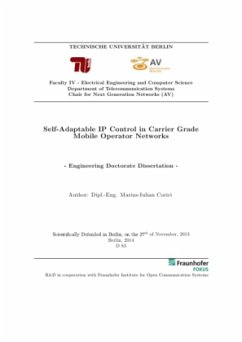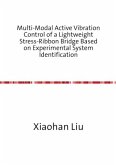The current trend in wireless operator networks is towards deployingin parallel a large number of heterogeneous access network technologies and corenetwork functions in order to reach a higher capacity and thus accommodatingthe communication needs of a high number of connected devices. However, thewireless operator network is designed for handling uniformly all subscribers fromthe perspective of mobility management, subscription information, resource reservationand charging. The current architecture corroborated with a high increaseof connected devices requires a new level of scalability to be attained which is notrealizable.This dissertation provides a framework, named SelfFit, for subscriber orientedautomatic adaptation of connectivity from core network perspective for accessnetwork selection, ecient usage of the core network resources and the data pathadaptation, addressing the previous scalability challenge. In these three directions,a set of ve innovative self-adaptation concepts for dynamic carrier grade networkinfrastructures was developed. The concepts were immediately exemplied as additionsto the current 3GPP Evolved Packet Core (EPC) architecture, for provingtheir value in a standard, real-life deployed architecture. Additionally, the functionalitywas prototyped on top of the Fraunhofer FOKUS OpenEPC toolkit andevaluated on complete realistic testbed setups, providing a practical view on howit can be realized as part of future core network products.For assessing the limitations of existing technologies as well as of the proposedsolutions, a rigorous generic evaluation framework was developed including the requirementsdenition, a simplied network model, qualitative metrics for assessingheterogeneous technologies, and comparative qualitative testbed measurements.The evaluation framework enables the reader to grasp a clear evidence of the innovationvalue included in this dissertation from innovative idea to pre-productprototyping.








